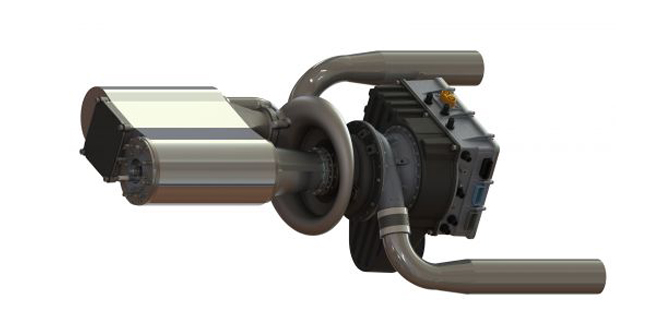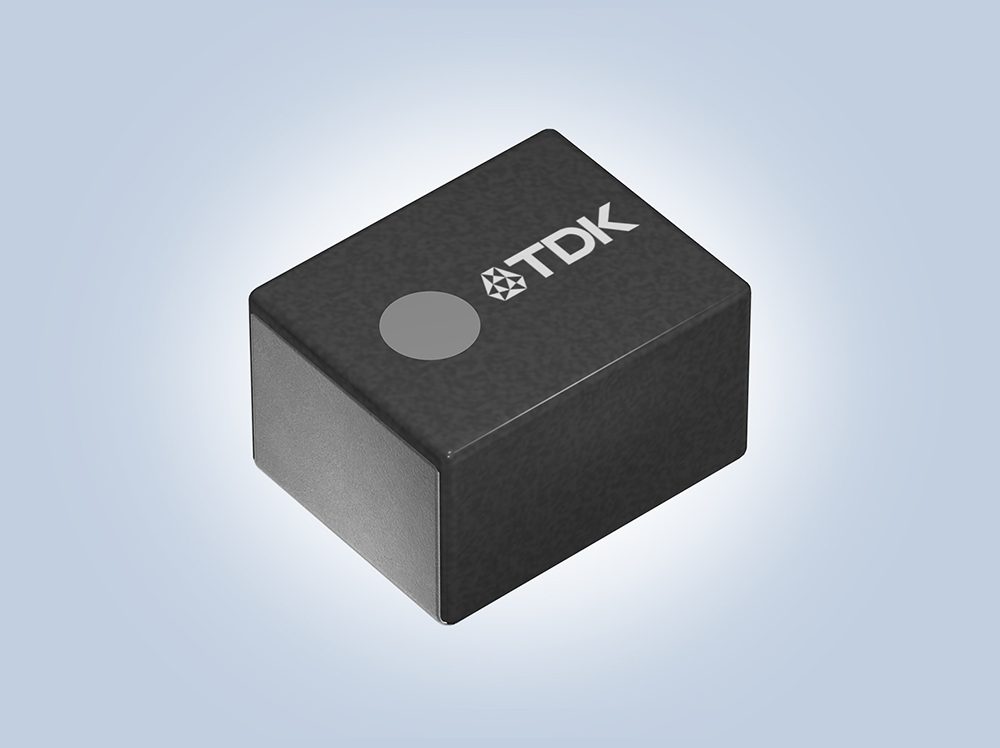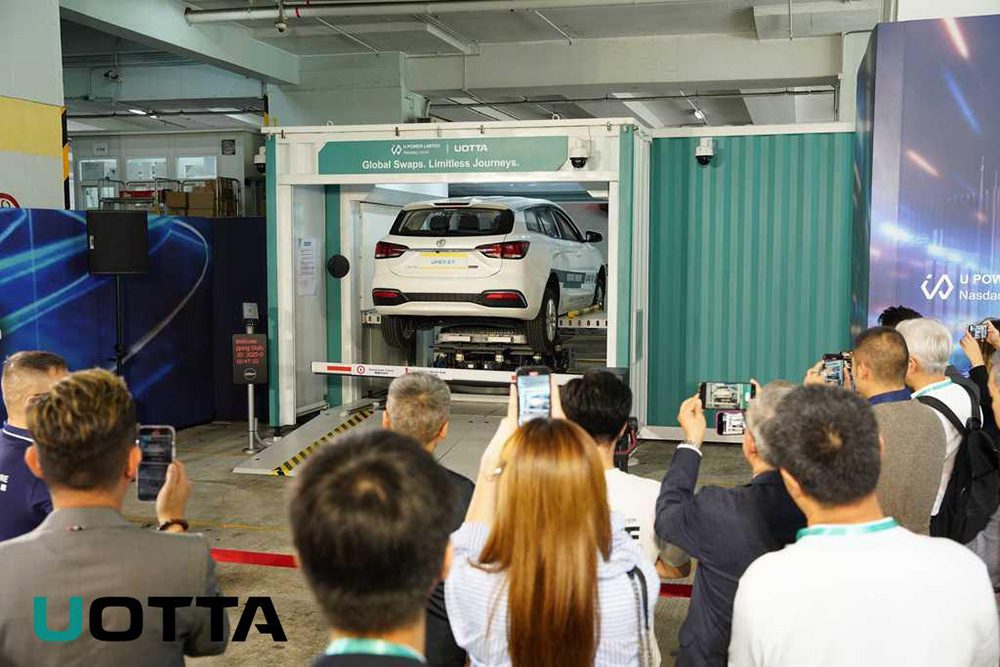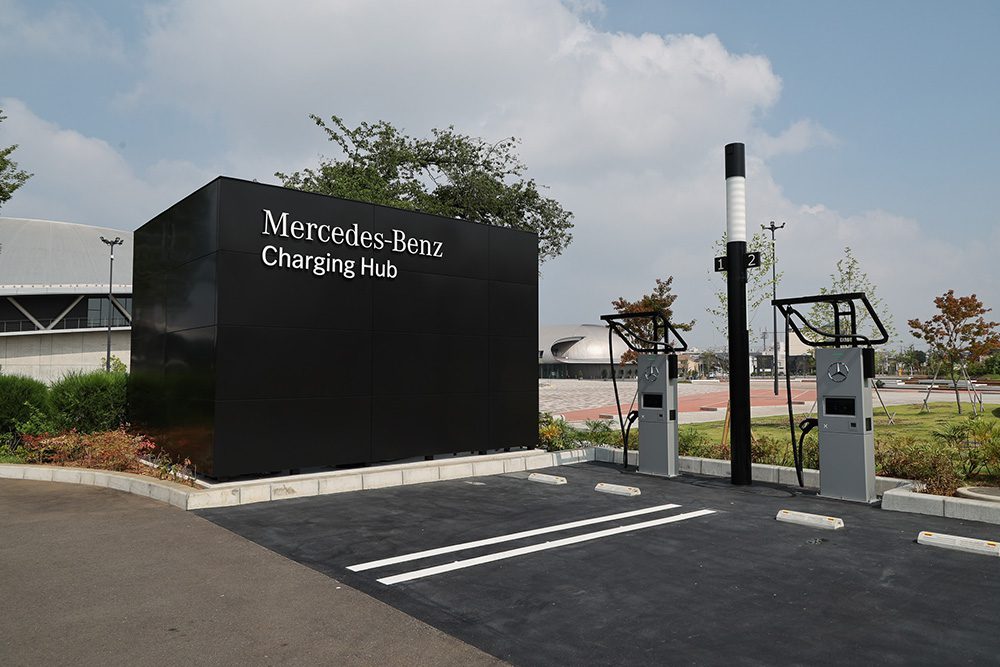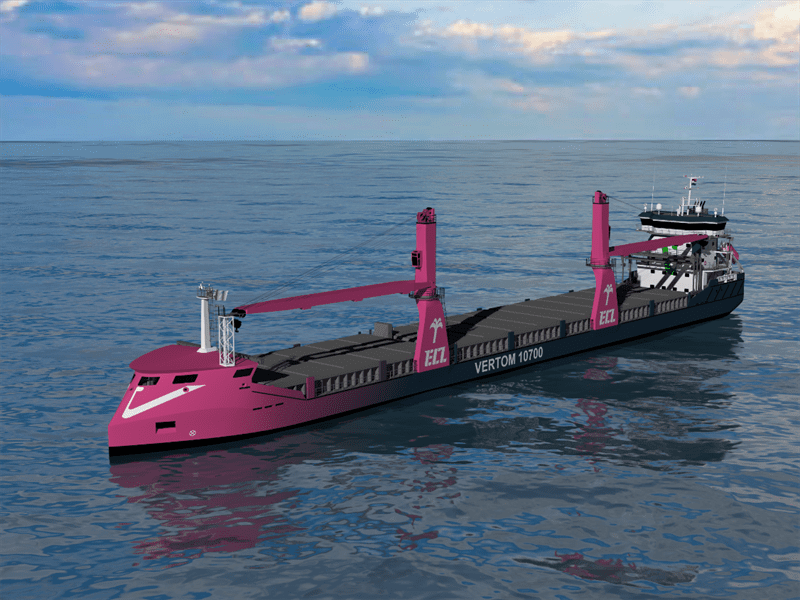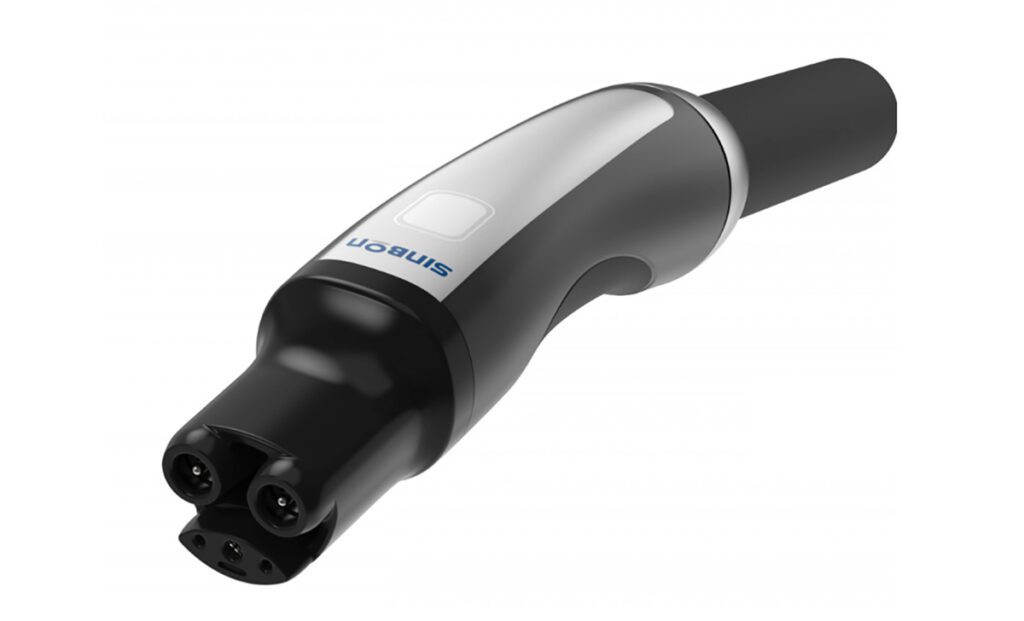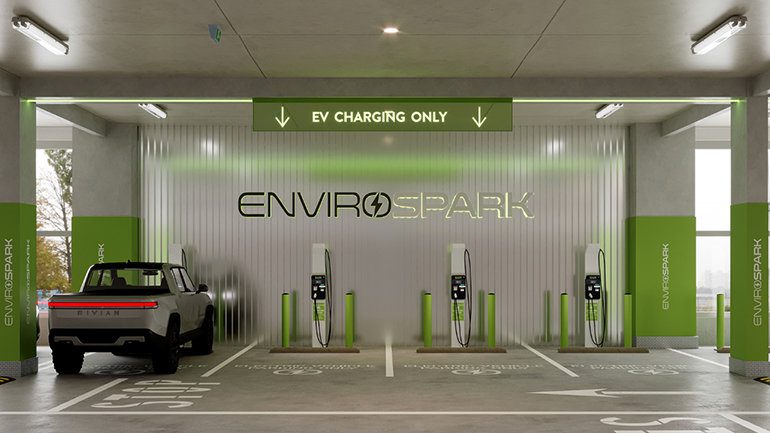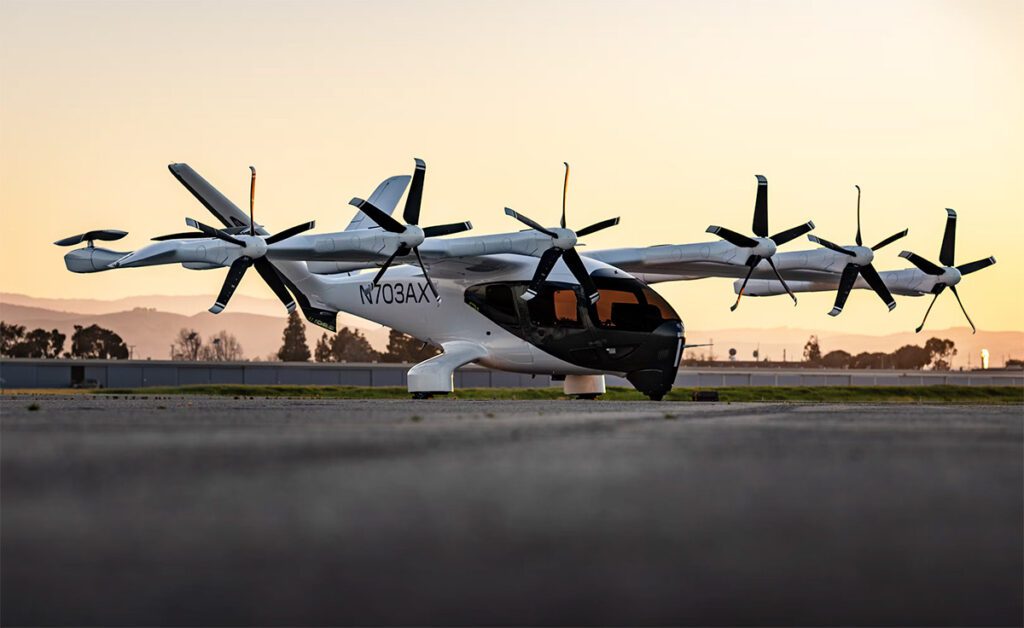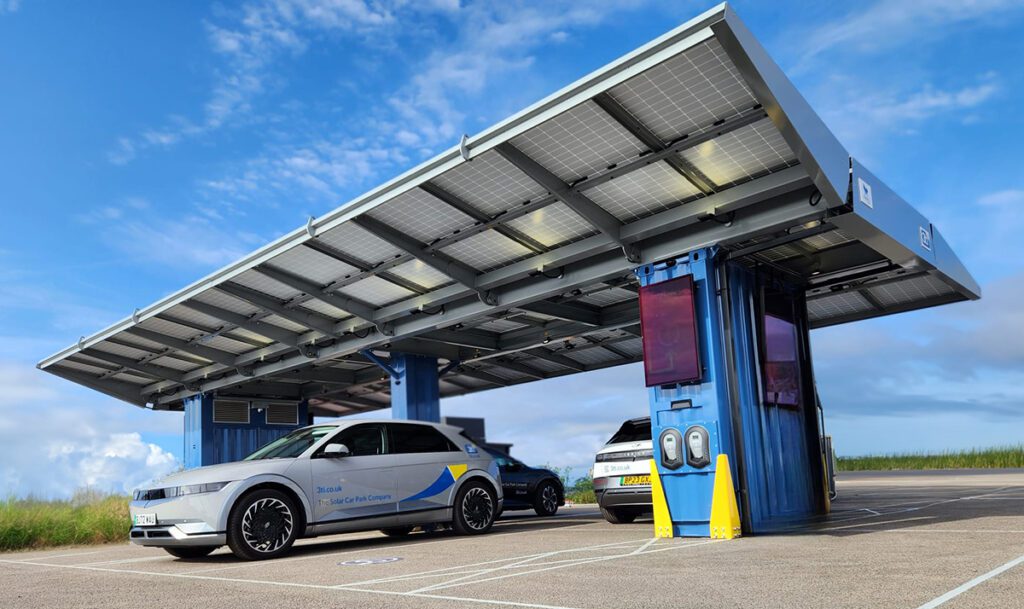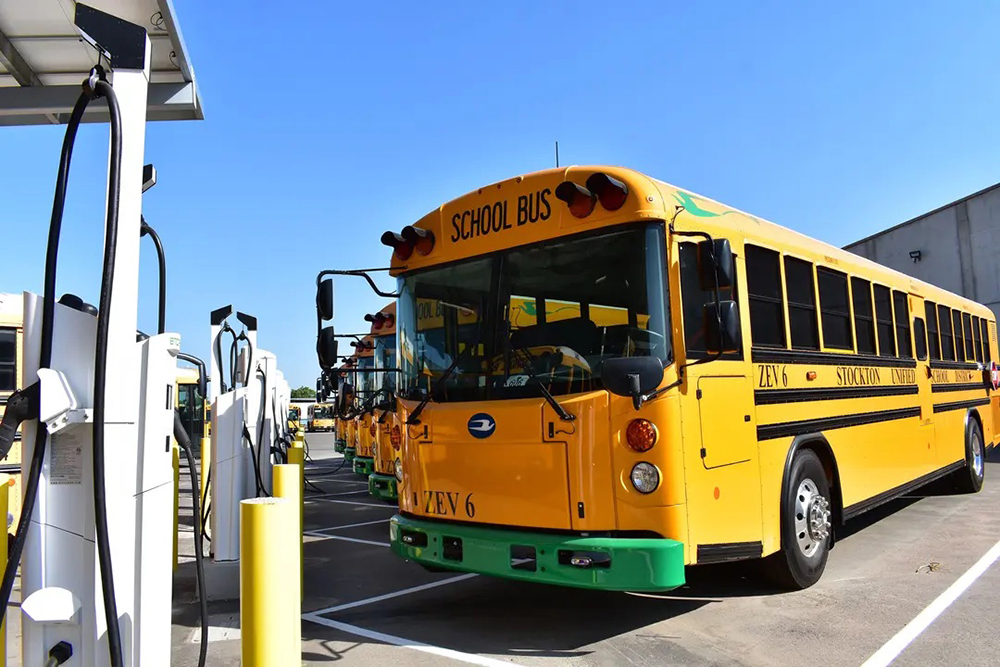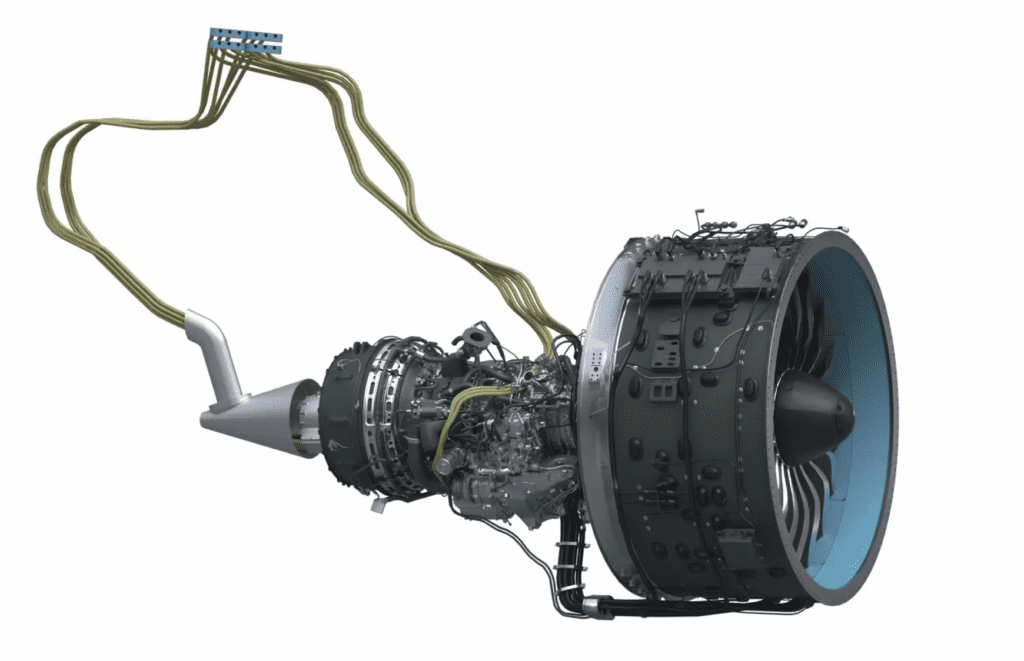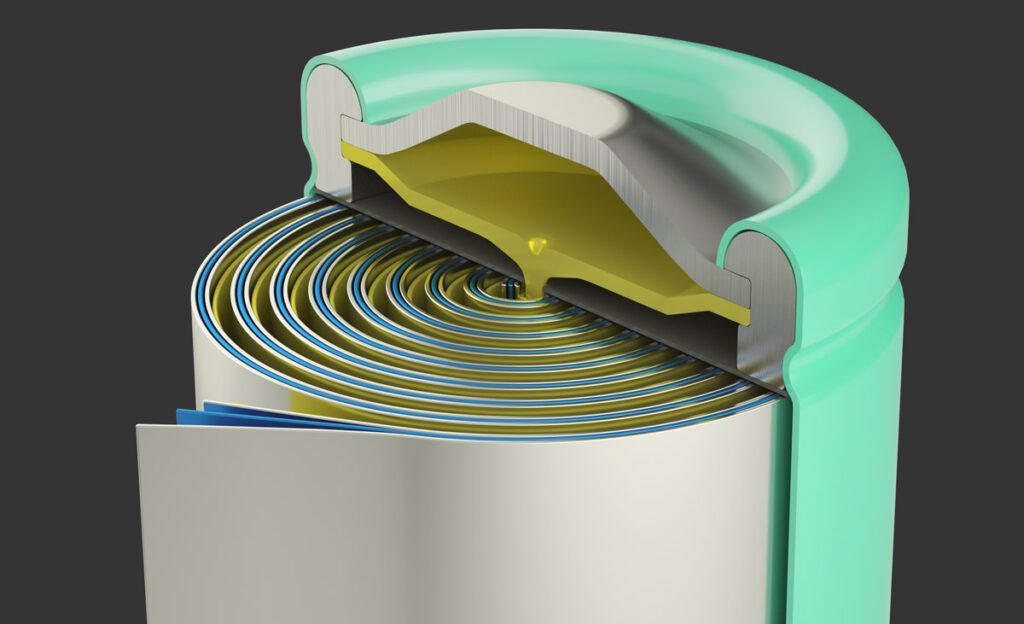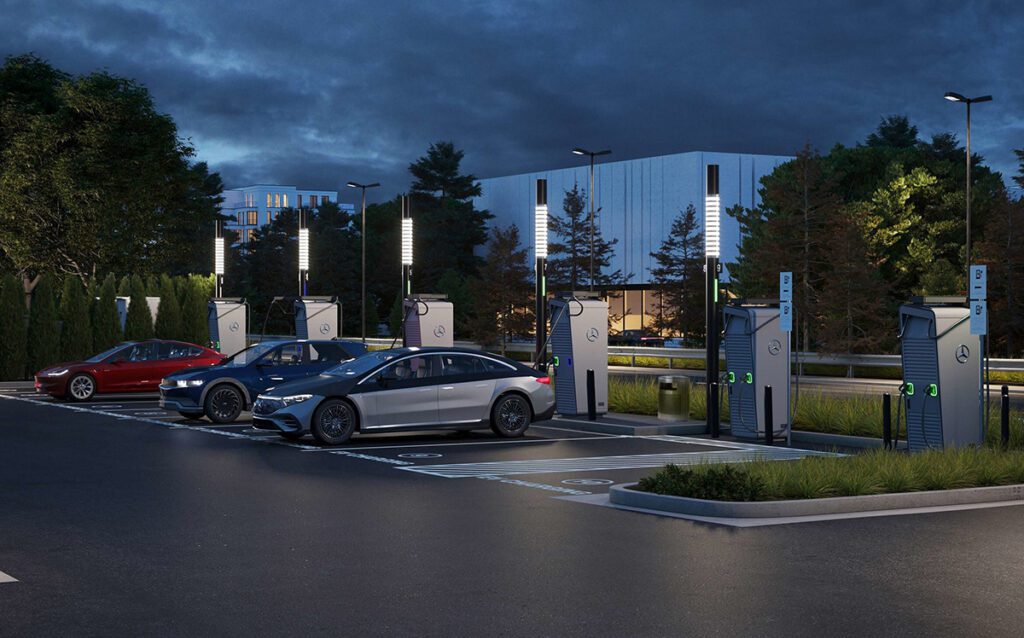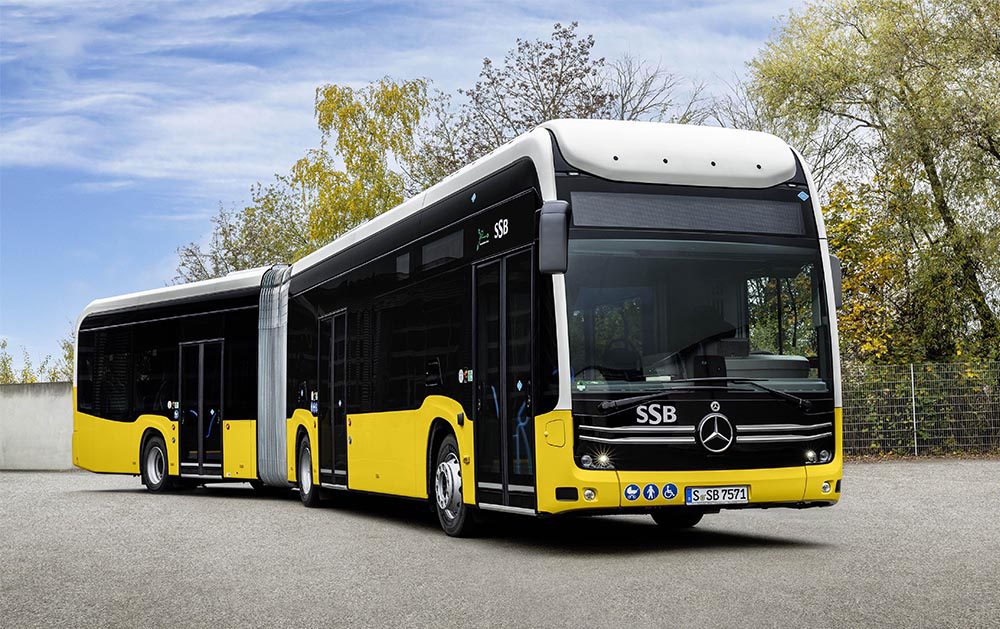Wrightspeed, the startup led by Tesla co-founder Ian Wright, has identified a promising target for electrification – it retrofits plug-in powertrains to urban service trucks, the most inefficient and polluting of commercial vehicles. Customers include FedEx, which recently ordered an additional 25 of the company’s powertrains.
Now Wrightspeed has unveiled the Fulcrum, a new turbine generator for use in its Route family of electric powertrains. The 80 kW Fulcrum is a radial inflow, axial turbine that features intercooling and recuperation. At 250 lbs (113 kg), the Fulcrum is approximately 1/10th the weight of its piston generator counterparts, and is designed to have a 10,000-hour lifetime.
Earlier Route powertrains used a 65 kW Capstone microturbine, which weighs 300 lbs (136 kg), for a power-to-weight ratio of 478 W/kg. The Fulcrum microturbine offers a power-to-weight ratio of 750 W/kg.
According to Wright, the Fulcrum turbine generator is so clean that it meets emissions standards with no need for a catalytic converter. Noise is high-frequency, and is much lower than than that of a jet engine. Vibration is non-existent. Spinning at 100,000 rpm, the turbine must be very precisely balanced, or it would fly apart.
While turbines have seen great success in aviation, their use in on-road vehicles has been limited by the fact that they are only efficient at full power. A range-extended EV architecture allows the turbine to operate at its most efficient point to charge the battery pack, which in turn powers the electric motors.
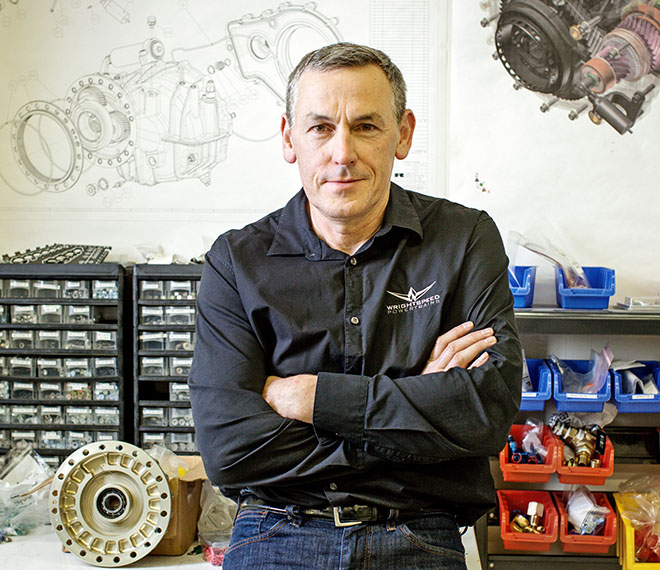
“The automotive industry is in the midst of a fundamental disruption, with electric vehicles merely symbolizing the beginning of the movement,” said Ian Wright. “The Fulcrum, together with our range-extended EV architecture, is perfectly suited for achieving maximum efficiency in extremely high-power stop-and-go applications, such as garbage trucks. For many of the same reasons that aviation changed from piston engines to turbines decades ago, we believe turbines will begin to replace piston engines in range-extended electric vehicle applications.”
“One of the things that enables the story is that the batteries have become extremely reliable and long life, even when at high power,” said Wright. “We use the smallest pack we can. In general, we save fuel in three separate ways: first is with a grid charge; second is regenerative braking – we run very high power regen, much, much higher than anyone, and we pretty much avoid the use of friction brakes; and third is running the engine at the sweet spot.”
MORE: Q&A with Ian Wright: The CEO of Wrightspeed on Tesla, gas turbines and electric trucks
Source: Wrightspeed via Green Car Congress







